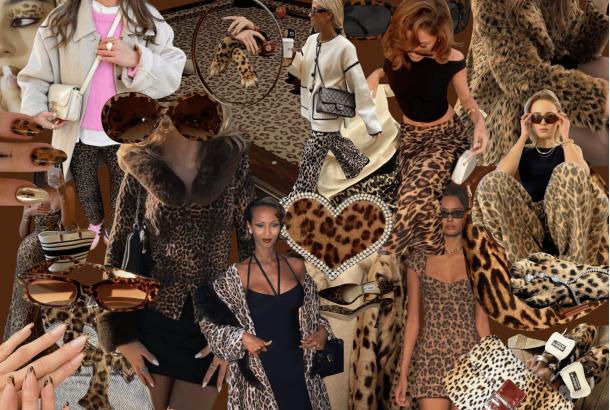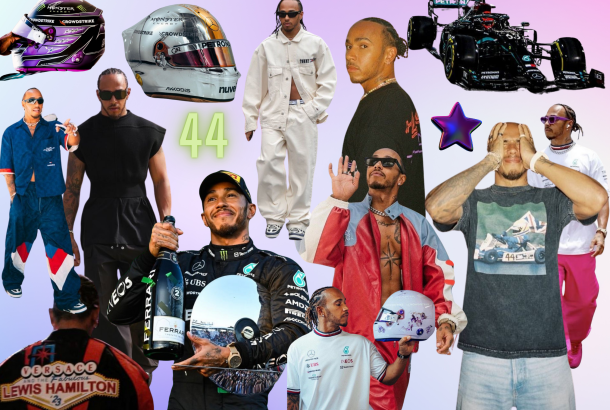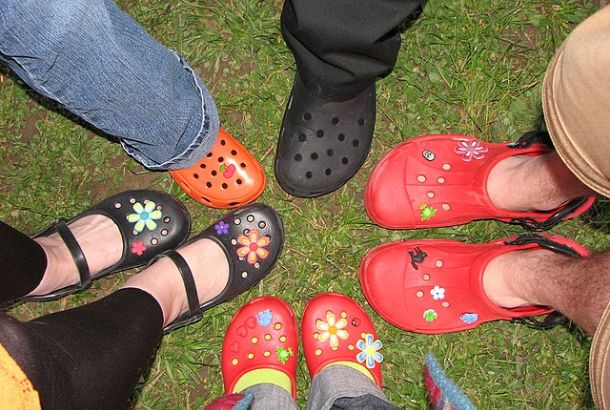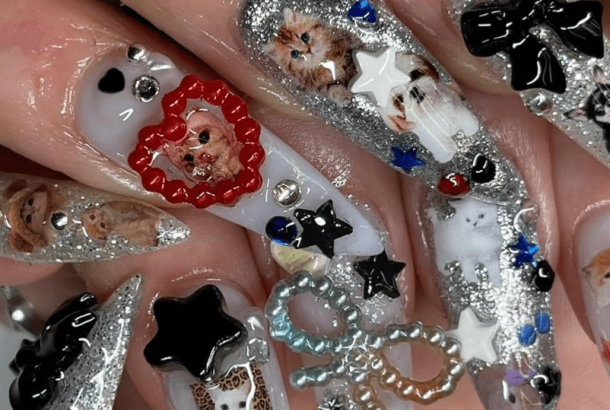How should we approach gender within the realm of fashion retail?
By Rona McCann

In recent years we have seen a rise in awareness and understanding of gender as a spectrum. More non-binary celebrities are in influential positions and social media has allowed others to share their experiences. However, walk into most high street clothing stores and you’ll find it unclear where this significant number of the world’s population should shop.
Many high street brands have attempted to launch unisex lines. H&M’s ‘Uni’ range hosts a limited amount of denim designed for all. In a similar vein, Levi’s sells unisex jeans under its ‘Line 8’ label.
It may be past its heyday of success in the UK, but American Apparel was one of the first major brands to model itself on gender-neutrality. Despite this positive step in the right direction, as with many attempts of its kind, its unisex collection seems to just contain attire you would find in the men’s section.
This highlights a key problem with gender-neutral lines on the market currently. They tend to only contain basic hoodies, t-shirts and joggers, which have long been socially acceptable for everyone to wear anyway. It perpetuates the idea that to be non-binary is to be bland and to be non-binary is to aim to be confirmative. But this shouldn’t be the case. To mark real change we should also be seeing items expressing femininity as well.
It’s not just people who identify with neither male nor female who are negatively affected. Whilst it is acceptable, even celebrated, for women to dress in a masculine manner, for men to wear traditionally female clothes, say dresses or skirts, is for them to be put at risk of ridicule. The existing divide between men’s and women’s sections in stores further promotes the idea that men should not dress beyond a narrow scope of clothing types when in fact there seems no reason for there to be this forced limit. An expansive gender-neutral range in stores alongside the men’s and women’s sections shows customers, and society as a whole, that everyone is free to wear whatever they desire.
We can go further than just clothing. Make-up companies could consider hiring more than just female models for their campaigns and perfumers could easily release more uni-sex fragrances.
So how would these gender-neutral ranges work? Whilst accepting fluidity of gender it cannot be ignored that body shapes often still conform to those of assigned sexes, and clothing still needs to fit these. The solution is simple: clothing size ranges should be expanded so that shoppers are able to select both size as well as body shape for each item, like how when buying jeans waist size and leg length can be chosen separately. This option is already being used by Brighton-based stockist GenderFree World. The company was set up to cater for non-binary people who were struggling with the issue of correct fit, but it seems unjust that they have to be dealing with this issue in the first place. High street stores should be offering this all-accommodating approach too.







